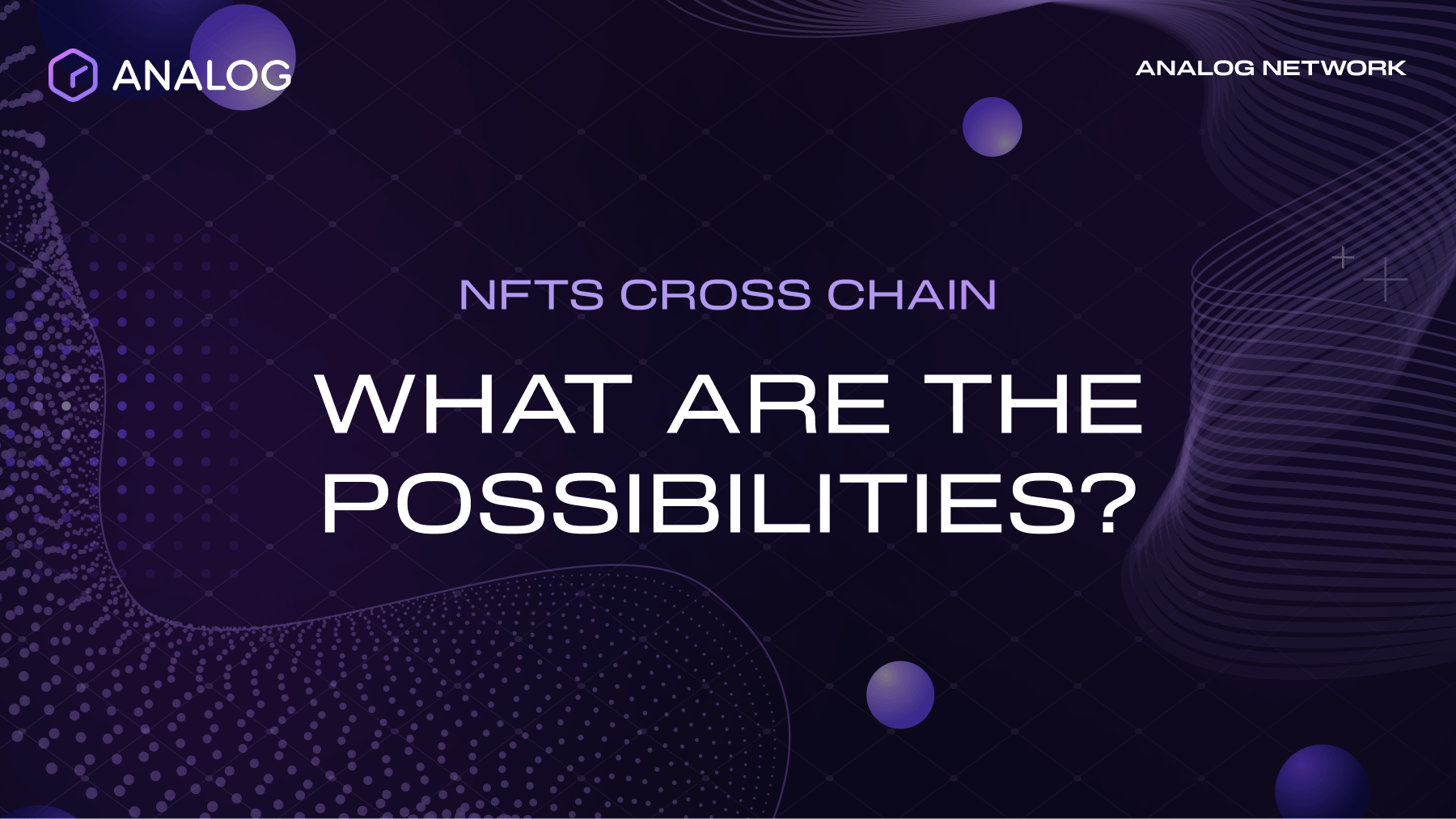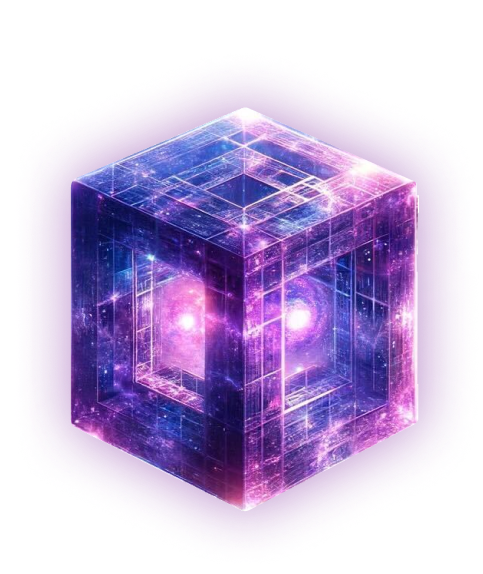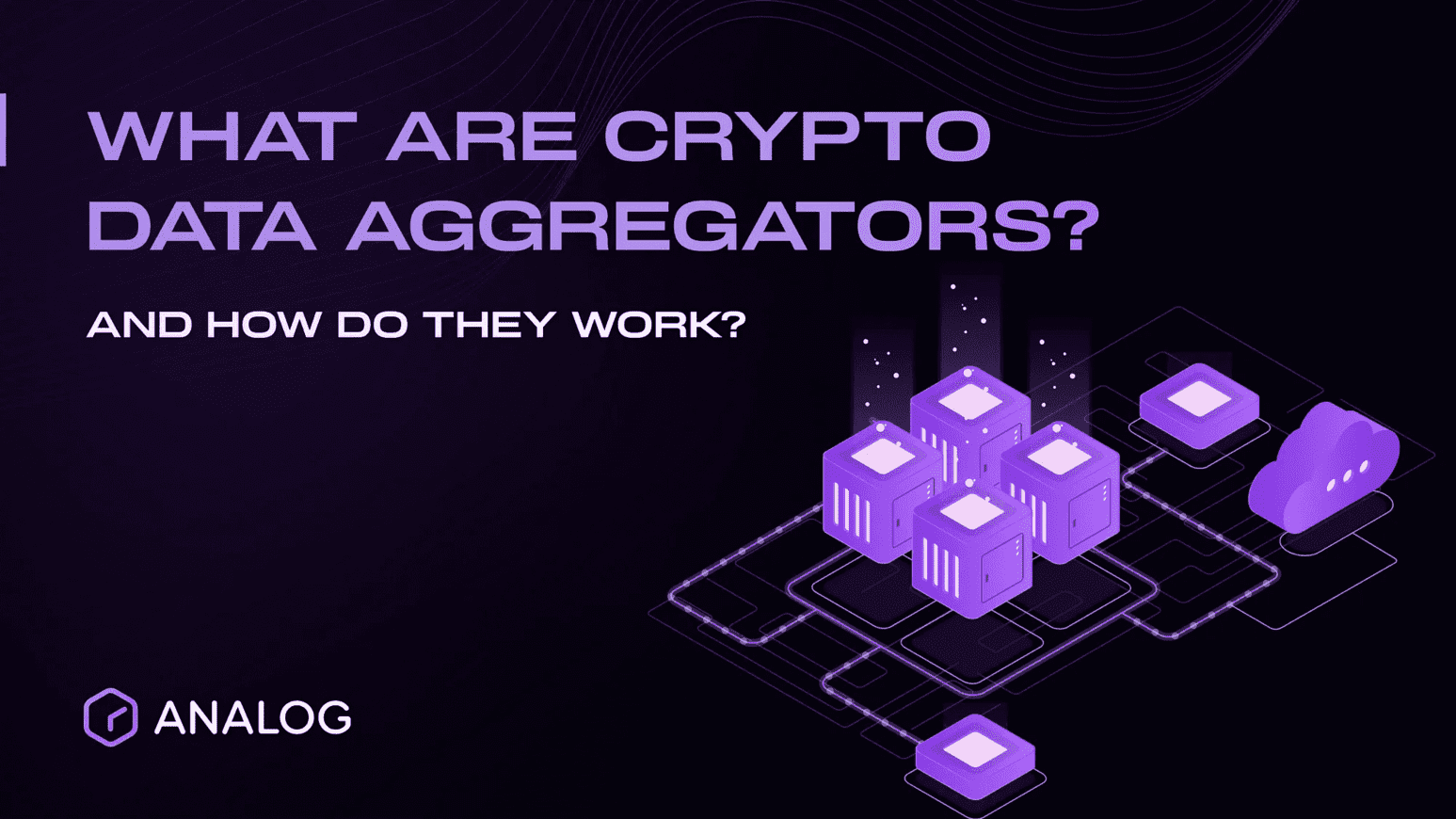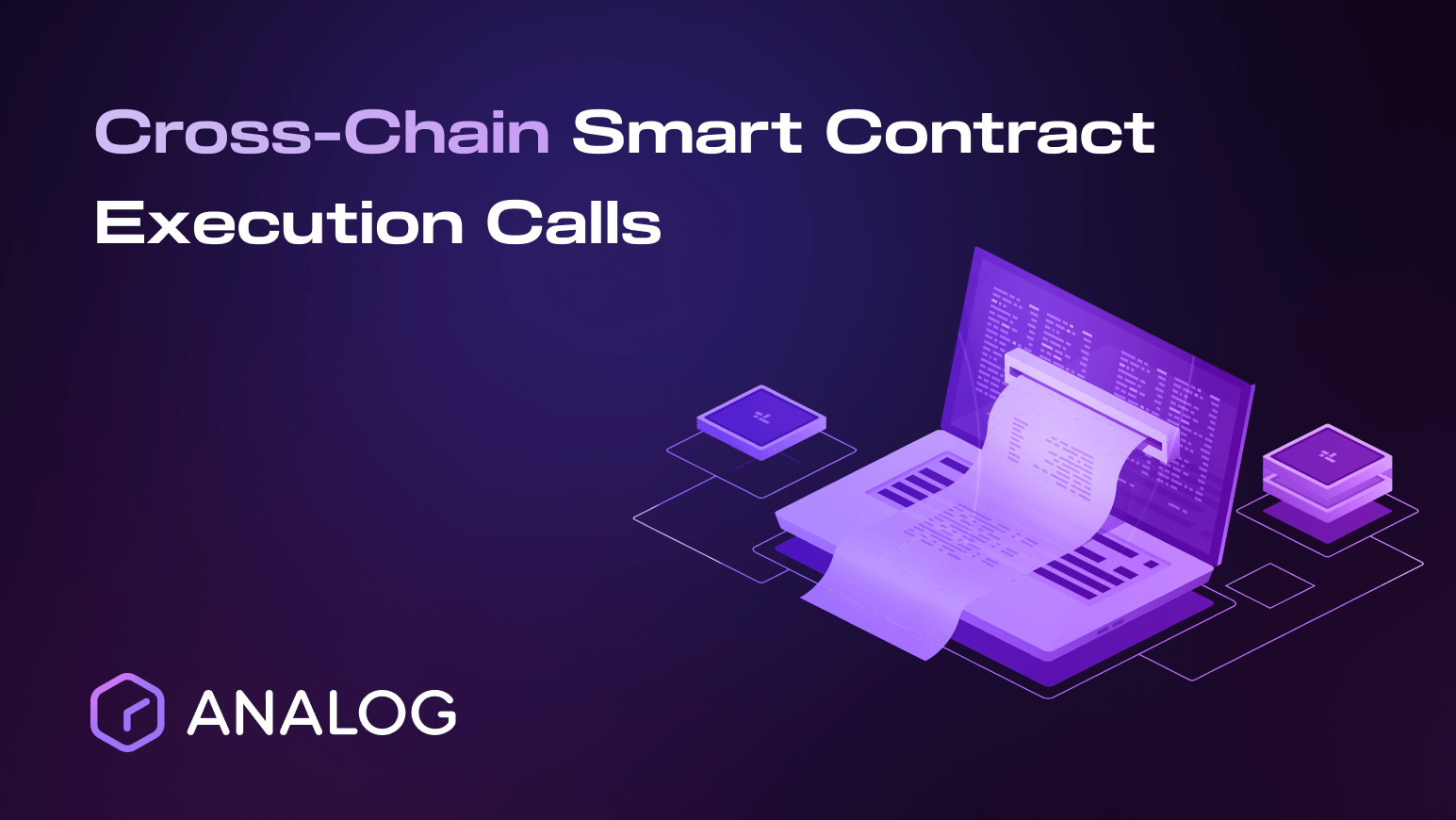
In August 2023, y00ts — a popular Non-Fungible Token(NFT) project that initially debuted on Solana — announced that it would soon be migrating from Polygon to Ethereum. DeLabs (the company behind y00ts) promised to return a 3-million-USD grant that it had received from Polygon Labs to support the migration of its NFTs from Solana to Polygon.
But why would an NFT project such as y00ts want to move NFTs from one blockchain to another? The challenges that most NFT projects and Web3 applications in general face today are rooted in the setup of the current blockchain networks. In the current setup, the entire Web3 space is characterized by multiple isolated blockchain implementations, with each blockchain focusing on a specific consensus algorithm, programming language, use case, and community.
As the Web3 sector continues to expand, NFT projects such as y00ts that are currently siloed on a single chain are increasingly recognizing the need to go multi-chain and cross-chain. Blockchain interoperability can allow for more versatility and flexibility in using NFTs, making it easier for holders to use their assets’ utility while expanding markets.
In this post, we look at the key challenges facing current NFT projects, what cross-chain NFTs really are, how they work, and their use cases. We’ll also explore how Analog intends to power the future of NFTs.
What are the key challenges facing current NFT projects?
At a high level, an NFT is any unique digital identifier you can store on a blockchain. Unlike fungible tokens that are divisible and interchangeable, NFTs are non-interchangeable, indivisible, and irreplaceable. To create/mint an NFT project, you need to deploy a smart contract, which will always be hosted on a single blockchain.
This means that today’s existence of NFTs is intrinsically tied to a single and specific chain. For example, if you mint an artwork on a blockchain like Ethereum, you cannot trade it across a different chain like Avalanche. Similarly, Avalanche users cannot interact with the minted NFT unless they switch to Ethereum.
One of the primary challenges hindering the adoption and utility of NFTs is limiting them to a single blockchain. As it stands, a user needs to choose a blockchain that meets their requirements and possesses a sufficient amount of tokens on that network to mint or trade NFTs. This presents a barrier to entry for newcomers, which hinders the widespread adoption of NFTs in the broader Web3 space.
In addition, this constraint also leads to liquidity fragmentation within NFT marketplaces, as users are limited to trading their NFTs on a single blockchain.
What are cross-chain NFTs?
Cross-chain NFTs or cross-domain NFTs are NFTs that can be moved and employed across different blockchain networks. Unlike traditional NFTs that are limited to one chain, cross-chain NFTs allow users to seamlessly move assets and operate them on various chains. Even though this post uses the word “moving NFTs,” you cannot move tokens from one chain to another from a technical standpoint.
Instead, NFTs and any other crypto asset would need to be burned or locked on the source chain and then minted or unlocked on the destination network. Below are some of the benefits that cross-chain NFTs bring to the Web3 space:
Enhanced liquidity: Allowing NFTs to move seamlessly between different chains promotes liquidity aggregation. For example, users on a blockchain network such as Avalanche can use their NFTs on that chain to provide collateralized loans, insurance, and yield farming on Ethereum. Besides improving trading opportunities, cross-chain NFTs can unlock illiquid assets and increase the overall efficiency of DeFi marketplaces.
Reaching a broader user base: Cross-chain DApps and assets lower the barriers to entry in the Web3 space because they can be used across any blockchain ecosystem. For example, a cross-chain NFT platform would naturally allow new users to join the ecosystem from their favorite chains without being restricted to the native blockchain hosting the NFT project.
Improved utility for NFTs: Many platforms that use NFTs, such as DeFi, gaming, and other DApps, can also bolster their utility and value by going cross-chain. For example, NFTs minted on one chain, say Ethereum, can easily be integrated into DeFi and gaming ecosystems on any other connected chain, say BNB Smart Chain (BSC). Such a cross-chain NFT can provide collateral, staking, fractional ownership, and many more use cases that unlock its value on Ethereum.
Analog's Public Testnet
Be among the first to experience Analog’s Timechain and the tools that power up the next generation of omnichain DApps.
How cross-chain NFTs work
Although cross-chain NFTs unlock more opportunities for users in Web3, taking NFTs, cross-chain is not a simple task. Unlike fungible tokens that can easily be wrapped into intermediate tokens and exchanged on the destination chain, wrapping NFTs can be challenging. This is because their metadata (i.e., data that shows the NFT’s uniqueness) does not move cross-chain as the asset moves from one chain to another.
However, this does not mean the process of moving NFTs is difficult. From a high level, any cross-chain NFT implementation will require two things:
A cross-chain messaging protocol: An interoperability protocol such as the one Analog is implementing allows NFT developers building on one chain to pass messages (call smart contract functions) on other chains. Cross-domain DApps built using Analog protocol will allow an NFT hosted on one network to seamlessly function across supported chains with utmost security. Learn more about cross-chain smart contract execution calls.
Smart contracts: Besides the cross-chain messaging protocol, you must implement two smart contracts: one on the source chain where the NFT is currently hosted and the other on the destination chain where the NFT needs to be moved.
With this in mind, you can implement a cross-domain NFT using three basic approaches:
Lock and mint: In this approach, the NFT holder locks their NFT into a smart contract on the source chain and creates/mints an equivalent version on the destination chain. To move the NFT back to the source chain, the asset is burned on the destination chain and unlocked on the source chain.
Lock and unlock: In this approach, the NFT is locked on the source chain smart contract, and an equivalent version gets unlocked on the destination blockchain. With lock and unlock, a user can only actively use a single asset at any time, even if multiple NFT instances exist across different blockchains.
Burn and mint: An NFT holder puts their assets into a smart contract on the source chain, which burns/destroys it while minting an equivalent version on the destination chain. The NFT minted on the destination chain can be moved back to the source chain by burning it and minting it on the origin chain.
Use cases for cross-chain NFTs
You can use cross-chain NFTs in a wide range of scenarios, including:
Cross-chain DeFi: Decentralized Finance is an exciting new technology taking on traditional finance. Cross-chain NFTs are expected to play a significant role in the DeFi sector by opening up more trading opportunities for NFT holders. For example, NFT holders can utilize their assets across various blockchain networks for a wide range of use cases, including collateralized loans, yield farming, and insurance, among others.
Art and collectibles: Cross-chain NFTs can allow artists and collectors to tap into distant user bases by transcending the restrictions of their specific blockchain networks. For example, you could create an NFT that is transferrable between different marketplaces, allowing them access to a broader user base and increased liquidity.
Cross-chain gaming: Cross-domain NFTs can seamlessly enable the exchange and ownership of in-game assets for various games across different blockchain networks. Enhancing interoperability between different games across diverse blockchain ecosystems can allow users to move their assets from one game to another. It can even enable NFT holders on one blockchain to trade their in-game assets with players on different networks.
Cross-domain intellectual property (IP) and licensing: NFTs are increasingly demonstrating their applicability in representing IP rights, such as patents, copyrights, and trademarks. With cross-domain NFTs, NFT holders can efficiently and transparently transfer IP rights and licenses across various blockchains without being restricted to a single blockchain.
How Analog intends to automate cross-chain NFTs
A secure, consistent, and reliable cross-chain messaging workflow is necessary for NFT holders to unlock the full potential of their assets. Analog is building a General Message Passing (GMP) protocol that will allow developers to build secure cross-chain DApps with complete interoperability.
The GMP protocol will allow developers building on one blockchain to call any smart contract function on any other supported chain, ensuring complete composability across Web3 space. This is set to open up endless possibilities for developers who want to achieve seamless interoperability across NFTs, Decentralized Exchanges (DEXs), liquid staking, games, and many other DApps.











